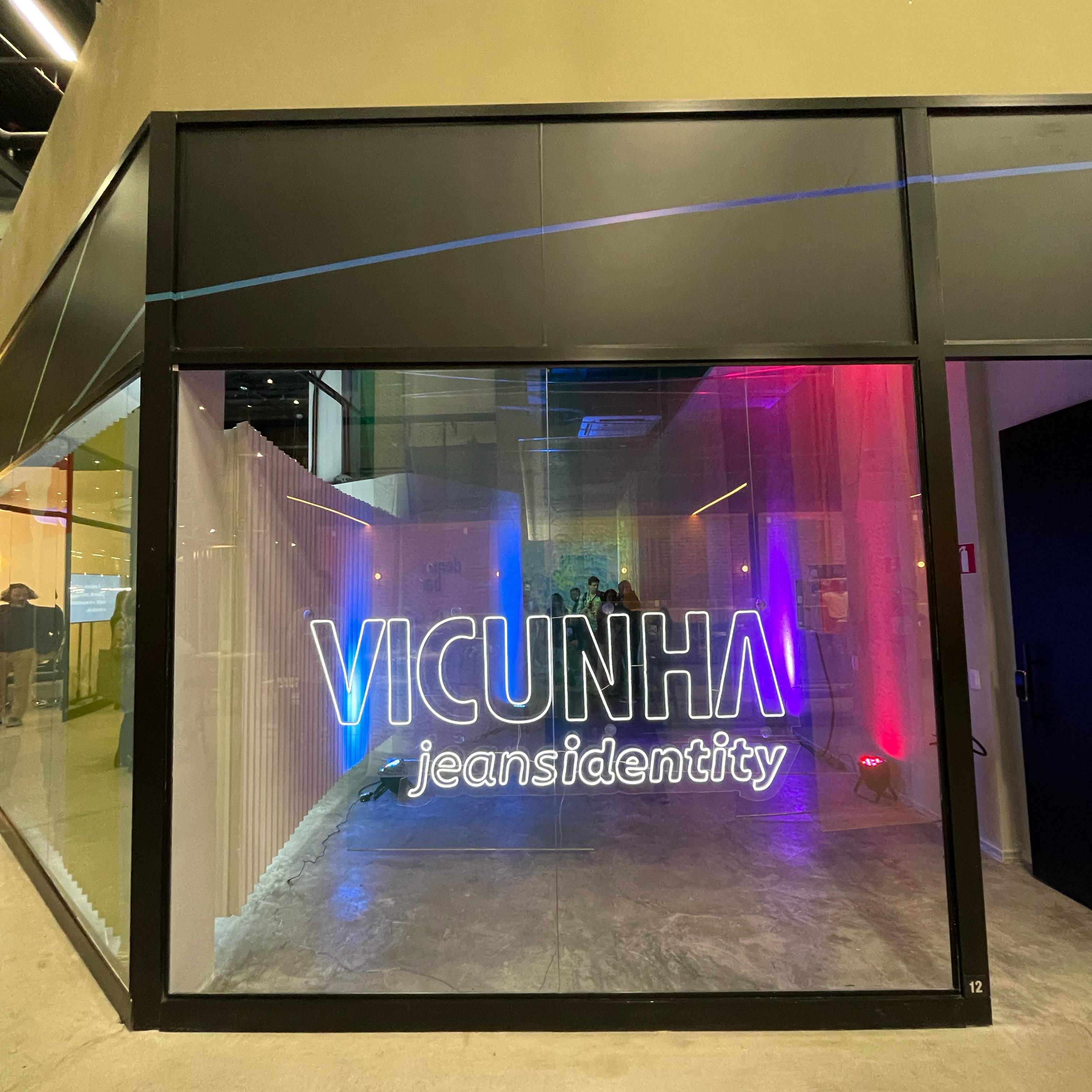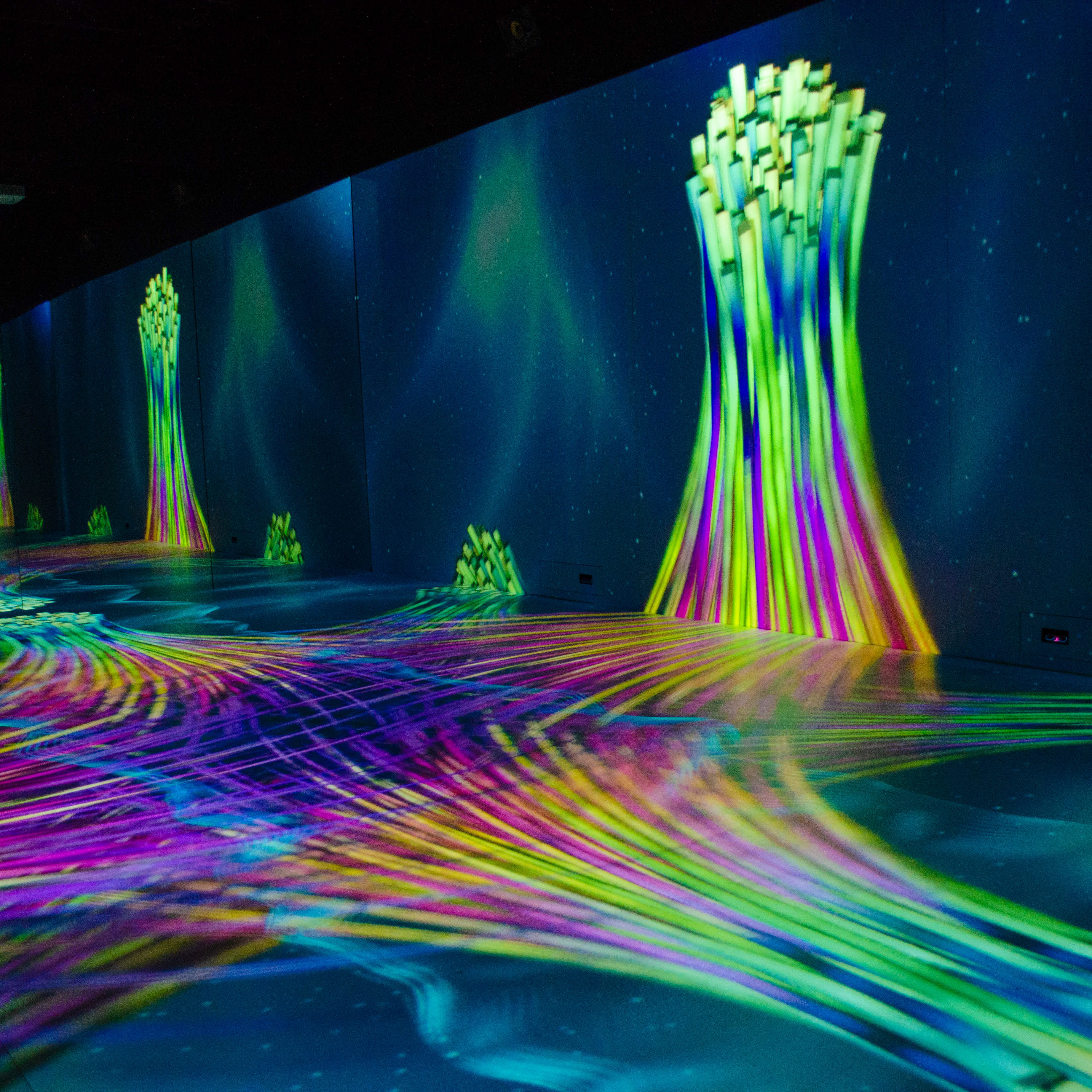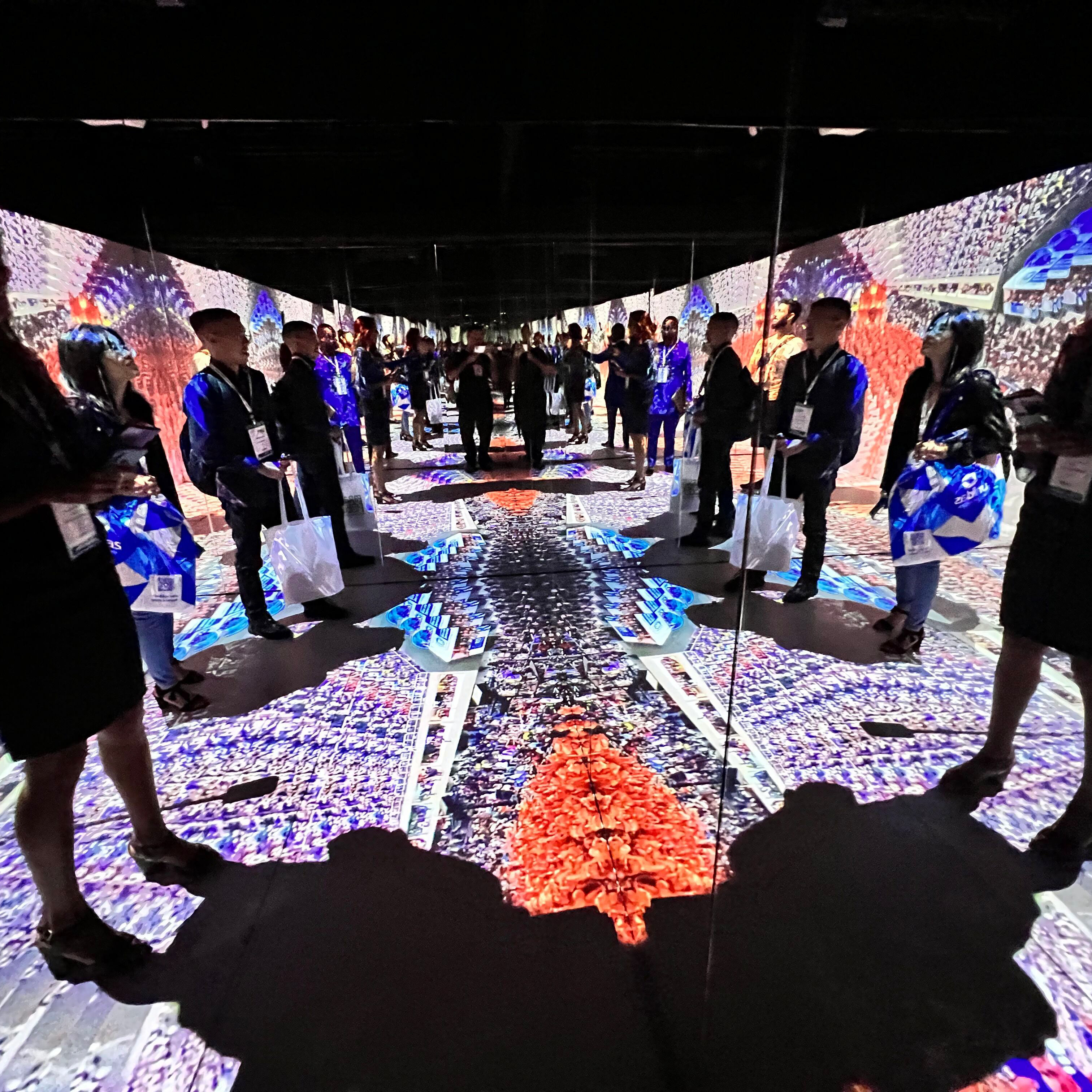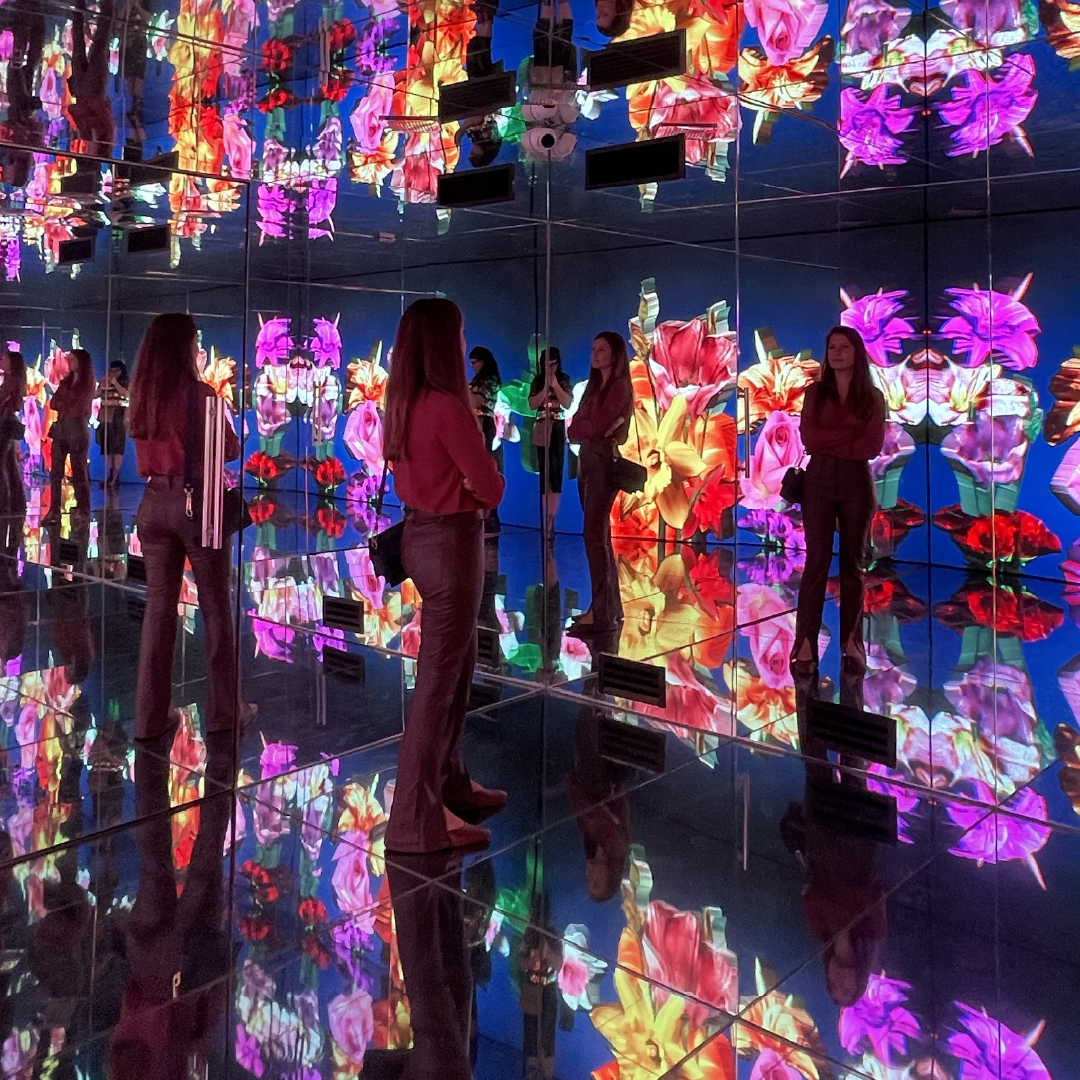With a collection of over 400 items ranging from candlestick phones to early cell phones, guests are invited to walk through the archive - a cabinet of curiosities - and view the evolution of communication first-hand.
At the Musehum, each visitor can live a different experience and find out the contents on their own time
Based on the notion of hypertext, it gradually reveals the layers of information. The visit leads to the reflection on the development of communication technologies and how they have been changing society, from a national or global perspective.
This happens because it is the visitor who draws the path of this journey. And this is one of the fundamental aspects of the Musehum: it allows each person to be simultaneously an actor and a spectator.
Based on the notion of hypertext, it gradually reveals the layers of information. The visit leads to the reflection on the development of communication technologies and how they have been changing society, from a national or global perspective.
Iconography created for the instalations - it represents the physical world (full stroke) being converted the mixed reality. (dots and lines)
MAIN ROLES IN THE PROJECT:
In 2018, I was invited to be a part of the renovation of the Museum of Communications in Rio de Janeiro. I partnered with a group of architects, designers, and creatives to develop a space offering an open dialogue regarding the relationship with our devices and their evolution through the history of communication.
I was invited into the museum's collection room to choose which objects would be interesting to exhibit. Among thousands of items, I selected around 400 that I later organized in collaboration with a museologist into a narrative throughout the niches. I also thought of the kinds of interactions people could have with them either through touch or through artifices such as mirrors or distinct heights, allowing the visitant to observe all of the object's angles. During the production, I was the designated assembly coordinator, ensuring their safe placement and visual order.
Besides that, I also designed the visual communication for the different installations and was the assistant to the Technical Producer for the interactive installations.









